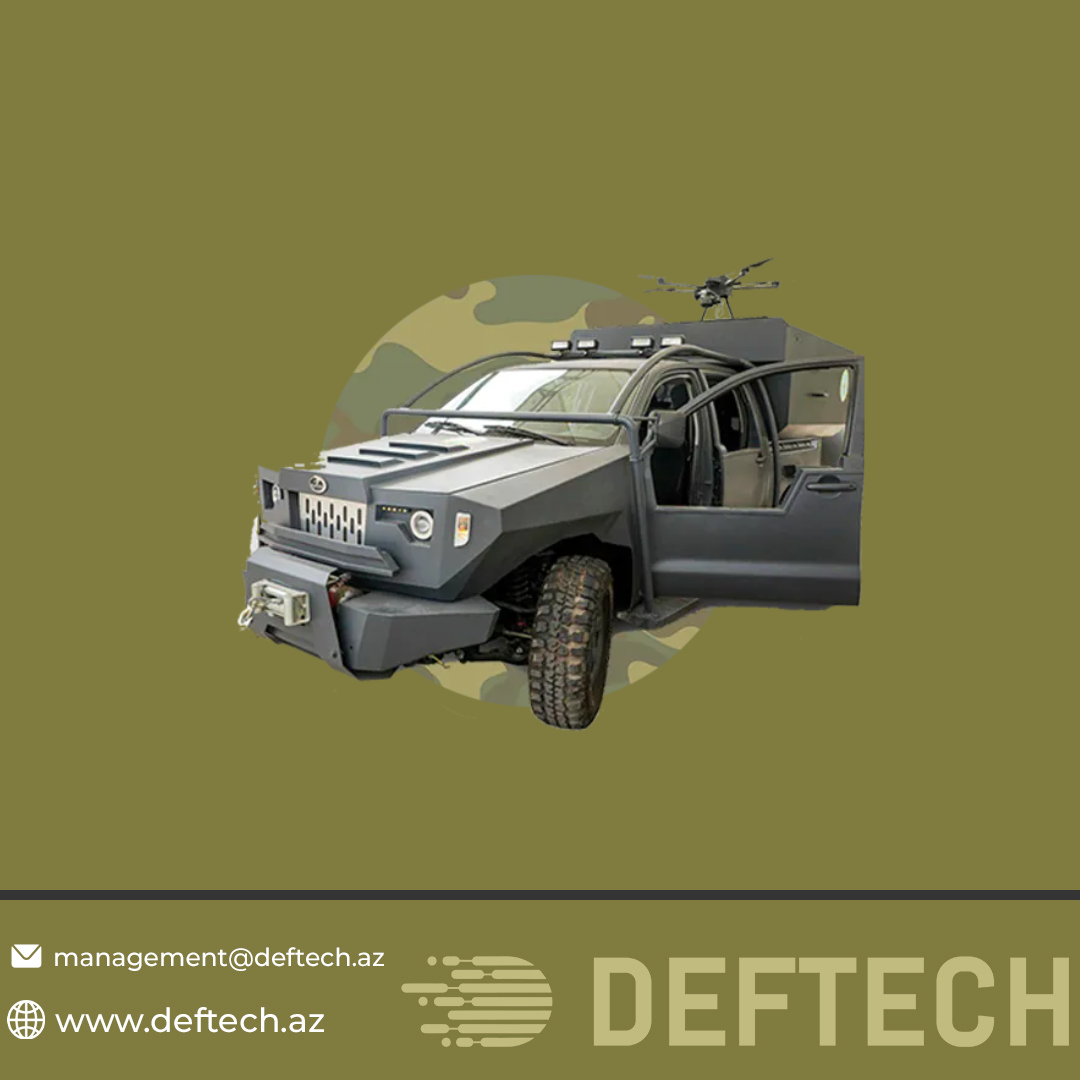Mobile long-term suspended system drone
Mobile Long-Term Suspended System Drones: A Technological Revolution
Drones have revolutionized various industries, from military applications to logistics and surveillance. One of the most promising advancements in drone technology is the mobile long-term suspended system, which enables drones to carry suspended payloads for extended durations. This system enhances operational efficiency, stability, and endurance, making it a critical innovation in aerial mobility and logistics.
Understanding Mobile Long-Term Suspended Systems
A mobile long-term suspended system drone is an unmanned aerial vehicle (UAV) equipped with a mechanism that allows it to suspend, transport, and manipulate payloads while maintaining flight stability. These drones typically use cable-based suspension to support the payload, reducing strain on the drone’s propulsion system while optimizing balance and control.
The key components of these systems include:
-
High-endurance power sources: Hybrid gas-electric or solar-powered engines extend flight times.
-
Advanced flight stabilization technology: AI-driven balance control mitigates swinging motion.
-
Adaptive load management: Payload weight detection systems adjust flight patterns dynamically.
-
Real-time data transmission: Sensors and cameras relay crucial information for monitoring and control.
Applications of Suspended System Drones
1. Military and Defense
Long-endurance drones with suspended payloads are increasingly used in military applications for reconnaissance, resupply missions, and aerial surveillance. Their ability to hover for extended periods while carrying essential equipment or communication devices makes them indispensable on the battlefield.
2. Logistics and Cargo Transportation
In commercial industries, drones equipped with suspended cargo systems are revolutionizing logistics by enabling long-distance delivery of goods. Companies like Amazon and UPS are exploring drone-based delivery solutions for last-mile logistics, ensuring faster and more efficient supply chain operations.
3. Disaster Relief and Humanitarian Aid
These drones provide critical assistance in disaster-stricken areas by transporting medical supplies, food, and emergency kits to remote locations. Their ability to sustain prolonged flight durations ensures continuous supply deliveries during crises.
4. Infrastructure Inspection and Maintenance
Drones with suspended systems are instrumental in inspecting bridges, power lines, and tall buildings. Equipped with cameras and sensors, they provide real-time imagery and data to engineers without requiring human intervention in hazardous areas.
Challenges and Future Prospects
Despite their advantages, mobile long-term suspended system drones face several challenges:
-
Stability Issues: Managing oscillations and external environmental factors like wind turbulence.
-
Power Limitations: Extending battery life to support long-term flight remains a challenge.
-
Regulatory Barriers: Airspace restrictions limit widespread commercial deployment.
Future advancements in AI-based control algorithms, improved battery technology, and enhanced aerodynamic designs will likely overcome these challenges, paving the way for greater adoption in various sectors.
Mobile long-term suspended system drones represent a groundbreaking innovation in UAV technology. By integrating advanced flight stabilization, endurance capabilities, and adaptive load management, these drones are transforming military operations, logistics, disaster relief, and infrastructure inspection. With continued research and technological enhancements, their impact on various industries will only grow, marking a new era in autonomous aerial systems.



